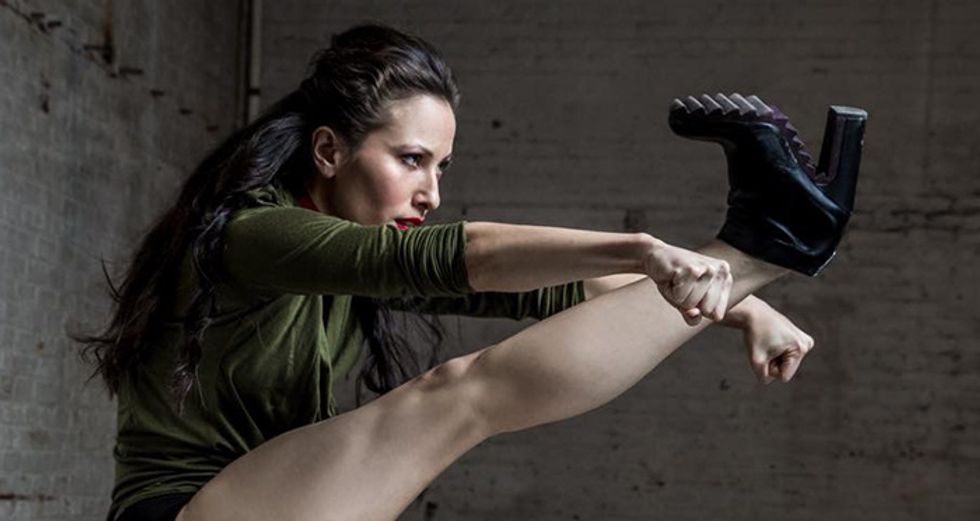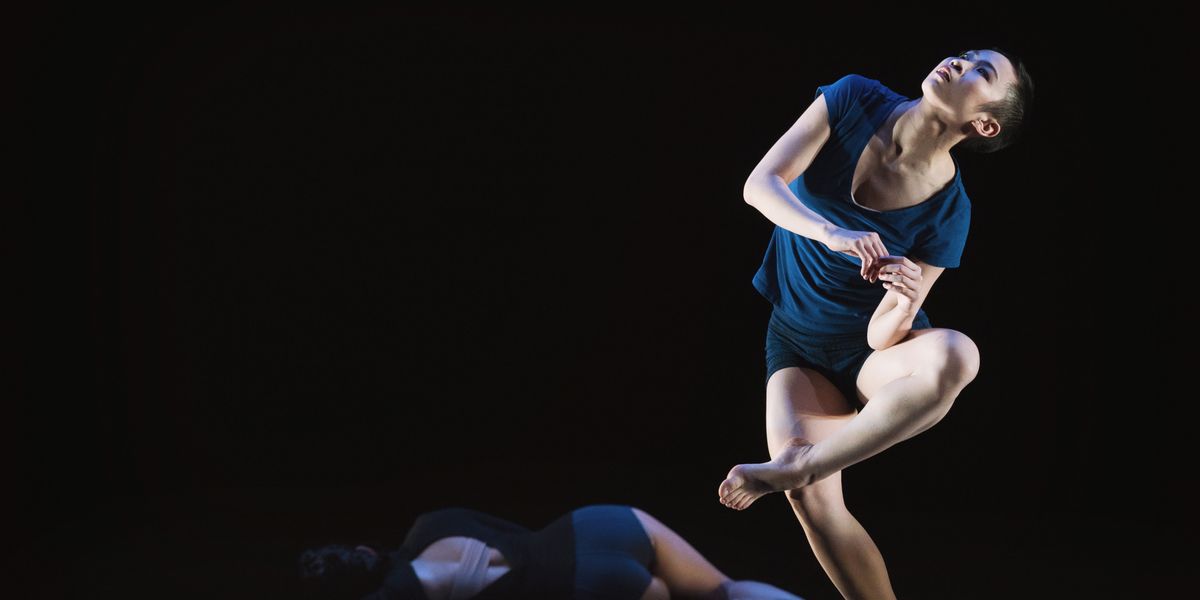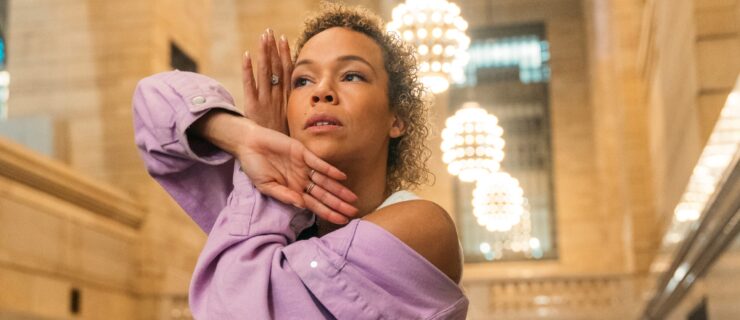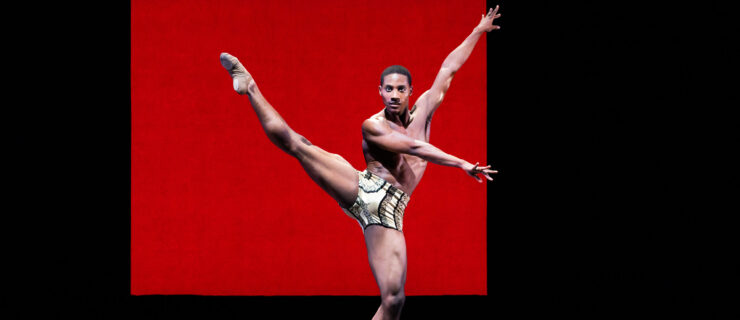How to Be the Kind of Understudy Your Company Can Depend On
You might feel like the second choice when you look at the casting sheet, but understudies are necessary, valued team members who are regularly called off the bench to perform—even with very little prep time. “It is like the ultimate trust exercise with your director,” says Mia J. Chong, who understudied many roles in ODC/Dance’s The Velveteen Rabbit as an apprentice before becoming a company dancer this year. “Often, you do a lot of the homework on your own to make sure you can produce a quality performance, even if you don’t have the chance to demonstrate it right away.”
Here’s what to expect when you’re learning from the back of the room and—when you’re needed—how to step into the part with confidence.
Do: Take Initiative and Be Independent
Learn the material as if you were first cast, says Katita Waldo, ballet master at San Francisco Ballet. It’s understandable if you’re a little foggy on spacing, because you’re learning from a distance, but there’s no excuse for not knowing the steps.
That may mean doing the lion’s share of the work on your own. “It’s possible that no one will teach you the choreography step by step,” says Chong. “You have to be independent and thorough, which was a little bit of a shock for me.”
Before coming in as a replacement on a long-running show, you may need to learn your track from a video at home. “You are probably going to walk out onstage pretty uncomfortable the first time,” says Celia Mei Rubin, who has been an understudy, swing and dance captain on Broadway. “But you do what you have to do to be prepared. I’ve gone through shows in my apartment, worked with my vocal coach on my own dime, and rented space to sing and dance through my parts, all outside of rehearsal.”

Celia Mei Rubin admits that going onstage as an understudy can be uncomfortable, at least at first. PC Matthew Murphy
Don’t: Get Stuck in One Part of the Studio
One of the most difficult things can be learning spacing and musicality from afar. “It’s hard to understand from a video where you fit in with nine bodies,” says Chong. She would do the piece as full-out as possible in the back of the room, usually without a partner, and then watch a run-through from the front. “I was getting the technical steps by watching in the mirror, but I couldn’t see the formations or performance qualities properly until I saw what the director was seeing,” she says.
Do: Ask for What You Need
It’s natural to have questions or a need to run partnering sections and tricky choreography full-out. Remember that the rest of the cast is there for you. “You don’t want to disrupt the continuity of the rehearsal, but use the first cast as a resource,” says Waldo. Chong found that other dancers were happy to practice partnering with her. “My advice, especially for apprentices, is to develop those relationships with the cast so you feel comfortable asking for what you need.” You can also approach the director, ballet master or dance captain during a break. These exchanges should be strategic and efficient—be mindful of their time.

Mia J. Chong suggests dancers develop relationships with the first cast. PC Andrew Weeks Photography
If you still need help as opening night approaches, Waldo says she’d rather have a dancer speak up, even if it’s not certain you’ll be performing. “If I know about it, then we can go over the material slowly together—not knowing you’re unprepared is way worse,” she says. Once performances start, keep your material fresh—ask a partner to run choreography with you regularly, so you’re show-ready when needed, says Rubin.
Don’t: Step on the First Cast’s Toes
Understudies that are distracting, disrespectful or attention-seeking are missing the point of the process and can lead to principal dancers feeling offended. “I’ve been on both sides of this kind of tension,” Chong says. “Understudying isn’t about competing or showing off. It’s a rare opportunity to observe, learn and grow. So whenever I understudy someone, I try my best to shadow them and not noticeably deviate from their musicality, interpretation or use of space.” Matching the dancer whose part you’re learning is not only a subtle way to show that you are respectful to the main cast, but also a great way to learn the part more thoroughly.
Knowing where not to be can go a long way toward showing deference to the first cast. Take note of dancers who need to prepare in certain wings, cross backstage, head into a quick change or exit with a great deal of momentum, so you can be out of the way. If the back of the studio isn’t free, mark your lower body and do the arms full-out on the side, without getting in the way of any entrances or exits. But supplement with a full-out run of that section after rehearsal or at the end of company class while you’re still warm and the space is clear.

Katita Waldo, here with Edwaard Liang, was once bumped to first cast because she was such a reliable understudy. Photo by Erik Tomasson, Courtesy SFB
Do: Build A Good Reputation for Yourself
Waldo learned as a performer that great understudies get noticed. Originally part of the third cast of Balanchine’s Symphony in C, she was bumped up to first cast a couple weeks before opening night because she knew the choreography so well. Many directors will remember something like that when it comes to future casting. “Having the reputation of being a strong understudy is a great attribute—your good work takes the pressure off the choreographer and dance captain, so it could certainly make you more marketable,” says Rubin.
Chong believes she found her place in the company because her approach was respectful and supportive, rather than competitive. “I threw myself into understudying for the challenge and to have the other dancers’ backs, and I really think that contributed to my being promoted,” she says. “Take it seriously as an opportunity and it ups the game for everyone around you.”




